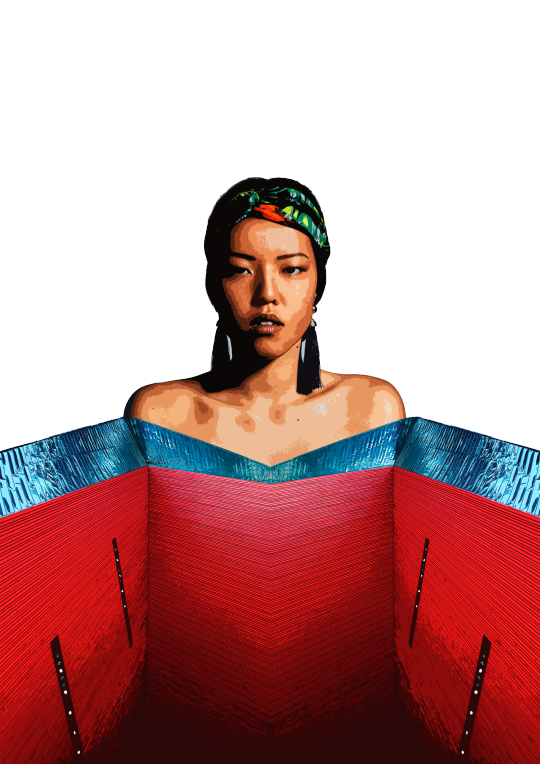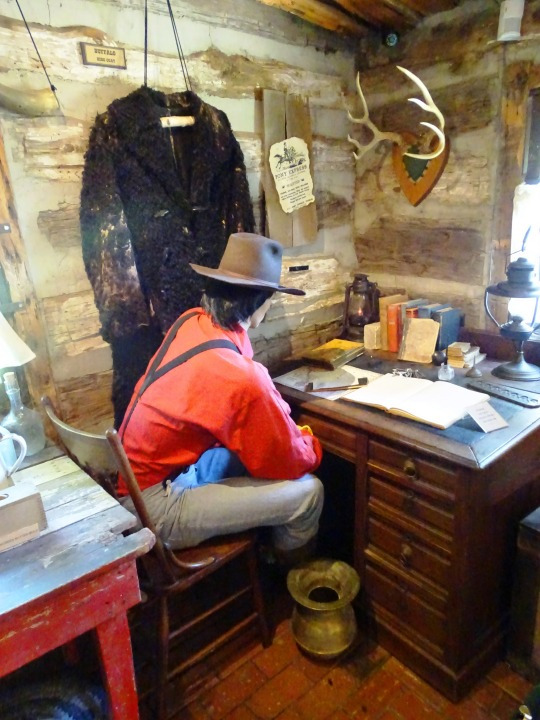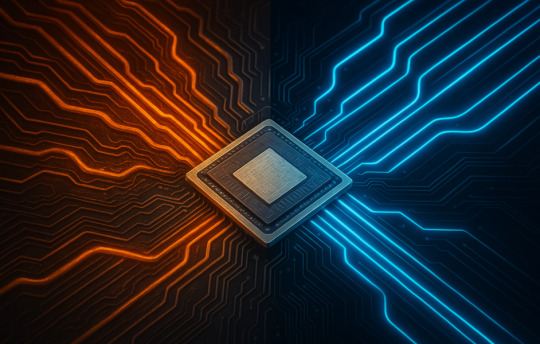#architectural expression
Explore tagged Tumblr posts
Text

#light academia#dark academia#classical#academia aesthetic#escapism#academia#books and libraries#classic literature#books#architecture#art#interpretation#eye#van gogh#starry night#beautiful#royal core#cottage core#aesthetic#academic#artistic#expression#mood#vibe#tumblr
2K notes
·
View notes
Text







"La Dolce Vita," Orient Express
Courtesy: Dimorestudio
#art#design#architecture#interiors#interiordesign#luxurylifestyle#orient express#dolce vita#domorstudio#emiliano salci#britt moran#travels
180 notes
·
View notes
Note
Gods I feel you I'm only 10 hours in after having received the game as a gift and I REALLY try to like it but it just ... doesn't feel like Dragon Age. Characters know stuff they shouldn't know about, the game keeps talking down to me, nothing I did in the previous games mattered, the tone is completely different, the mature storytelling of the previous games seems to be missing so far & what I heard so far of how the lore and the characters from previous games have been handled is honestly the worst part and breaks my heart. idk even if i wanna finish the game at this point anymore, I'm just kinda ... sad.
I'm so sad and disappointed, too, I remember our conversations, fics, and headcanons about DA! We were so excited and happy, because Inquisition, DA2, and DAO were genuinely well-made and aimed at pleasing the fans, despite their faults.
DATV is a good action game, no doubt about that. The combat is fun, there is a lot to explore and discover, and many locations are beautiful, even though some are terrible to navigate (Dock Town's structure makes no sense). But that's it - it's a good action game with the name "Dragon Age" pasted on it. It doesn't feel like it's part of the series, it constantly treats the player like an idiot, some references to past games and characters are literally hidden in the brief descriptions of the mementos, and there is even a Glossary to make sure the new players don't get frustrated.
Everything is safe and aseptic, cleaned of every deep piece of lore that could have scared new fans into buying or continuing the game. Even the banters lack the depth of the previous games.
A good game company should lure new players in not by rejecting their past entries, but by making them look even more interesting with their sequels.
Bioware wasn't afraid of offering piece of lore after piece of lore in Inquisition - it was a game set in a precise moment, whose prologue was directly tied to the events of the previous game, and new players had to accept this if they decided to buy it and play it. If they liked that premise, all that information and those details, then they were more than welcome - they were encouraged! - to go back, try the older games, and see how it had all started. It was a game made for the fans the company had already managed to win over, not for possible fans who may or may not bring new money in.
In DATV the new players can jump right in after quickly learning who Solas is and what he's trying to do, and old fans are left with an empty shell, with minor references that are supposed to make us feel happy and accomplished peppered here and there, while all our past choices and our favorite characters are forgotten or brought back with a terrible case of amnesia. It's lazy, infuriating, and very sad, and it smells of reboot, because the new devs probably realized they couldn't keep up with the amount of lore and choices the series contain, and they needed to start anew.
#da:tv critical#andauril#dragon age: the veilguard spoilers#and at this point i also agree with those who criticized the art style#because while some zones are indeed beautiful#the style is absolutely nonsensical#the Grand Necropolis looks like a Disneyland theme park#the characters' facial expressions are even worse than inquisition's#everyone either smirks even when talking about death or stands holding their hands on their belly#the qun symbol and main colors are present in minrathous' architecture - why???#the dalish are suddenly okay with their gods being tyrants and no one is ever called a shem#oh and their magic is also magic technology now#all electricity and 'pathways'#the warden fortress in rivain has fereldan and chantry banners - why???#the wardens aren't associated to either of them#taash's mother makes no sense#there are no parents under the qun#she is their tama at best#but even then since she's a follower of the qun she shouldn't let taash call her 'mother'#also taash saying the qun isn't a prison#my sibling in andraste... if you try to leave you're declared vashoth or tal-vashoth and seen as a traitor#the elven uprising implied in trespasser also never comes to pass#'when the slightest unite a giant will rise'#uh-huh#where are solas' agents? abelas and his sentinels? why aren't they panicking over solas' sudden absence and his failed ritual?#what a mess
61 notes
·
View notes
Text

Champigny-sur-Marne, les cités Jardins.
#champigny#champigny sur marne#architecture#banlieue#banlieue parisienne#urbanisme#express marché#retro géographie
51 notes
·
View notes
Text
















Pearl Path Car Park, Muharraq, Bahrein,
Christian Kerez Architect
#art#design#stairwell#stairway#architecture#spiral staircase#ramp#parking#car park#bahrein#pearl path project#christian kerez#concrete#expression#sculpture#brutalist#structure#forms
23 notes
·
View notes
Text

Stone carving by sculptor Matthew Simmonds 😊. I'll add another couple of examples of his work 😁


#sculpture#sculptor#stone sculpture#original art#original sculpture#art work#artwork#artworks#art works#art#original art work#fine art#creative arts#pictures#pictures of art work#imaginative#creative art#picture#interesting pictures#architecture#design ideas#design#architectural design#marble#stone#stone work#stone art#art of stone#stone creation#artistic expression
15 notes
·
View notes
Text






“Complicated? No, I'm not complicated. I'm artistic.”
#moodboard#aesthetic#dark academia#chaotic academic aesthetic#chaotic academia#dark academia moodboard#dark academism#dark academic aesthetic#literature#chaotic art#architecture#academia moodboard#moodboard aesthetic#drawing#artistic expression#moodboards#light academia#light academism#academia#brown#spilled ink#writers#c.ven moodboards#aesthetic moodboard#aesthetic board#mood board#brown moodboard#academics
14 notes
·
View notes
Text

One of my digital collages, hope you like it.
This collage mixes architecture (red and blue walls), fashion and art, turning them into a boom of expression.
#digital collage#collage#illustration#digital illustration#fashion designer#fashion#architecture#expression#dresses#clothing design#fashion art#photo#photography#filters#photoshop#adobe photoshop
7 notes
·
View notes
Text
i think i have to read some more architectural theory when i finish lilith... idk what's wrong wiht me fungus in my brain that made me abruptly start caring about buildings 3 years ago
17 notes
·
View notes
Text





























Nebraska became the 37th U.S. state on March 1, 1867.
#Nebraska#37th US state#1 March 1867#anniversary#US history#travel#landscape#cityscape#countryside#architecture#original photography#USA#summer 2019#flora#nature#Mansion on the Hill#Ogallala#Midwestern USA#Oglala National Grassland#Overland Trail Stage Station#Pony Express Station & Museum#Gothenburg#Zorinsky Lake Park#Omaha#Ehmen Park#vacation#tourist attraction#landmark
8 notes
·
View notes
Text
2025 week 16, Japan week 7: Daisen 🏔️ Life










#mountains#daisen#mount daisen#train station#shinkansen#bullet train#one piece#west express#chalk art#sidewalk chalk#swingset#sea of japan#rural japan#japanese architecture#japanese#japan travel#coastline#mural art#wall murals#mural#mural painting#temple#train#🚅#🚄#🇯🇵#🐢#graveyard#cemetery#🪦
3 notes
·
View notes
Text




time heals nothing, it just replaces memories
#artists on tumblr#original photographers#aesthetic photography#darkacademia#dark aesthetic#city aesthetic#cityscape#streetphotography#street photography#minimal photography#urban photography#travel photography#aesthetic blog#symmetry#minimal aesthetic#artistic photography#architecture photography#dark photography#photographers on tumblr#muted tones#poetic expression#artisticexpression#nostalgic aesthetic
9 notes
·
View notes
Photo

Urban Modernity A vibrant wall with structured turquoise tiles and bright orange accents creates a modern urban entrance. A sleek intercom panel adds functionality to this minimalist design.
#Urban Architecture#Modern Design#Color Contrast#Minimalism#Geometric Tiles#Contemporary Style#City Entrance#Artistic Expression#Visual Storytelling#Sleek Intercom#Turquoise and Orange#Interior Design#Urban Gems#Modern Living#Clean Lines#Outdoor Aesthetics#Architecture#Visual Art#Colorful Entryway
5 notes
·
View notes
Text
Quote!
“To me, a building — if it’s beautiful — is the love of one man. He’s made it out of his love for space, materials, things like that.”
— Martha Graham
#Architecture#Design#Beauty#Love#Space#Materials#Craft#Artistry#Creation#Inspiration#Passion#Structure#Elegance#Form#Expression#Built With Love#Building Art#Creative Design#Timeless#Grace#construction#inspired#inspiring quotes#quote#quotes#quoteoftheday#beautiful quote#building
2 notes
·
View notes
Text





#detail#critic#conceptual#space#time#manhattan#nyc#installation#minimal interior#gallery#minimalist#minimalart#chelsea aesthetic#chelsea gallery#critic critiquing#critiquing#critique#2025#nyc exhibition#exhibition#art exhibition#interior architecture#interiordecor#interiordesign#interior design#painting#artistic expression#expressionism#animal painting
3 notes
·
View notes
Text
Industry First: UCIe Optical Chiplet Unveiled by Ayar Labs
New Post has been published on https://thedigitalinsider.com/industry-first-ucie-optical-chiplet-unveiled-by-ayar-labs/
Industry First: UCIe Optical Chiplet Unveiled by Ayar Labs


Ayar Labs has unveiled the industry’s first Universal Chiplet Interconnect Express (UCIe) optical interconnect chiplet, designed specifically to maximize AI infrastructure performance and efficiency while reducing latency and power consumption for large-scale AI workloads.
This breakthrough will help address the increasing demands of advanced computing architectures, especially as AI systems continue to scale. By incorporating a UCIe electrical interface, the new chiplet is designed to eliminate data bottlenecks while enabling seamless integration with chips from different vendors, fostering a more accessible and cost-effective ecosystem for adopting advanced optical technologies.
The chiplet, named TeraPHY™, achieves 8 Tbps bandwidth and is powered by Ayar Labs’ 16-wavelength SuperNova™ light source. This optical interconnect technology aims to overcome the limitations of traditional copper interconnects, particularly for data-intensive AI applications.
“Optical interconnects are needed to solve power density challenges in scale-up AI fabrics,” said Mark Wade, CEO of Ayar Labs.
The integration with the UCIe standard is particularly significant as it allows chiplets from different manufacturers to work together seamlessly. This interoperability is critical for the future of chip design, which is increasingly moving toward multi-vendor, modular approaches.
The UCIe Standard: Creating an Open Chiplet Ecosystem
The UCIe Consortium, which developed the standard, aims to build “an open ecosystem of chiplets for on-package innovations.” Their Universal Chiplet Interconnect Express specification addresses industry demands for more customizable, package-level integration by combining high-performance die-to-die interconnect technology with multi-vendor interoperability.
“The advancement of the UCIe standard marks significant progress toward creating more integrated and efficient AI infrastructure thanks to an ecosystem of interoperable chiplets,” said Dr. Debendra Das Sharma, Chair of the UCIe Consortium.
The standard establishes a universal interconnect at the package level, enabling chip designers to mix and match components from different vendors to create more specialized and efficient systems. The UCIe Consortium recently announced its UCIe 2.0 Specification release, indicating the standard’s continued development and refinement.
Industry Support and Implications
The announcement has garnered strong endorsements from major players in the semiconductor and AI industries, all members of the UCIe Consortium.
Mark Papermaster from AMD emphasized the importance of open standards: “The robust, open and vendor neutral chiplet ecosystem provided by UCIe is critical to meeting the challenge of scaling networking solutions to deliver on the full potential of AI. We’re excited that Ayar Labs is one of the first deployments that leverages the UCIe platform to its full extent.”
This sentiment was echoed by Kevin Soukup from GlobalFoundries, who noted, “As the industry transitions to a chiplet-based approach to system partitioning, the UCIe interface for chiplet-to-chiplet communication is rapidly becoming a de facto standard. We are excited to see Ayar Labs demonstrating the UCIe standard over an optical interface, a pivotal technology for scale-up networks.”
Technical Advantages and Future Applications
The convergence of UCIe and optical interconnects represents a paradigm shift in computing architecture. By combining silicon photonics in a chiplet form factor with the UCIe standard, the technology allows GPUs and other accelerators to “communicate across a wide range of distances, from millimeters to kilometers, while effectively functioning as a single, giant GPU.”
The technology also facilitates Co-Packaged Optics (CPO), with multinational manufacturing company Jabil already showcasing a model featuring Ayar Labs’ light sources capable of “up to a petabit per second of bi-directional bandwidth.” This approach promises greater compute density per rack, enhanced cooling efficiency, and support for hot-swap capability.
“Co-packaged optical (CPO) chiplets are set to transform the way we address data bottlenecks in large-scale AI computing,” said Lucas Tsai from Taiwan Semiconductor Manufacturing Company (TSMC). “The availability of UCIe optical chiplets will foster a strong ecosystem, ultimately driving both broader adoption and continued innovation across the industry.”
Transforming the Future of Computing
As AI workloads continue to grow in complexity and scale, the semiconductor industry is increasingly looking toward chiplet-based architectures as a more flexible and collaborative approach to chip design. Ayar Labs’ introduction of the first UCIe optical chiplet addresses the bandwidth and power consumption challenges that have become bottlenecks for high-performance computing and AI workloads.
The combination of the open UCIe standard with advanced optical interconnect technology promises to revolutionize system-level integration and drive the future of scalable, efficient computing infrastructure, particularly for the demanding requirements of next-generation AI systems.
The strong industry support for this development indicates the potential for a rapidly expanding ecosystem of UCIe-compatible technologies, which could accelerate innovation across the semiconductor industry while making advanced optical interconnect solutions more widely available and cost-effective.
#accelerators#adoption#ai#AI chips#AI Infrastructure#AI systems#amd#Announcements#applications#approach#architecture#bi#CEO#challenge#chip#Chip Design#chips#collaborative#communication#complexity#computing#cooling#data#Design#designers#development#driving#efficiency#express#factor
2 notes
·
View notes